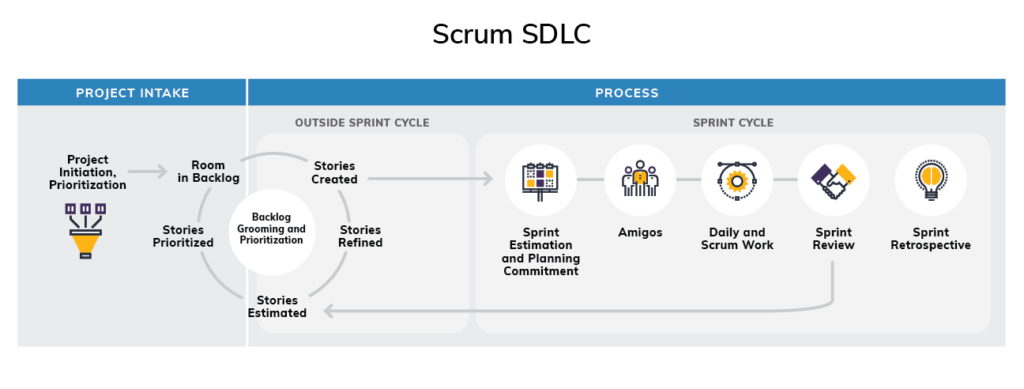When companies focus exclusively on dates and milestones instead of business value, they often encounter bottlenecks, unpredictable release dates, quality problems, and constantly changing business requirements.
We help Agile leaders add value to every area of their organization, from software development to generating new products and services through our deliver Agile transformation consulting.
Agile transformation as a core component of our Modern Software Delivery approach. Our approach is centered around enabling your organization to achieve predictable delivery of business value and avoid the constant churn that plague most organizations.
Our goal is to ensure your people and processes are performing at their optimal levels. Our coaches can show you how an Agile organization leads to better business outcomes that result in faster adoption, quicker stabilization, and higher usage or engineering practices.
By deploying Agile implementations across your organization, we offer a unique ability to manage more complex Agile transformations, giving employees throughout your enterprise the skills they need to deliver scalable solutions that create a competitive advantage.
Agile practices are the best way to manage software development, but with the help of our skilled practitioners, they can deliver much more.





